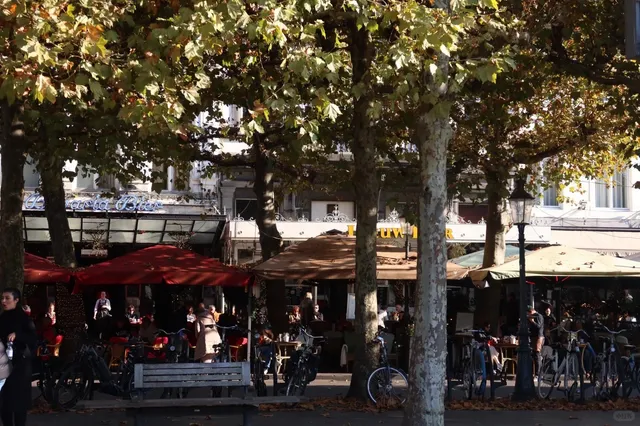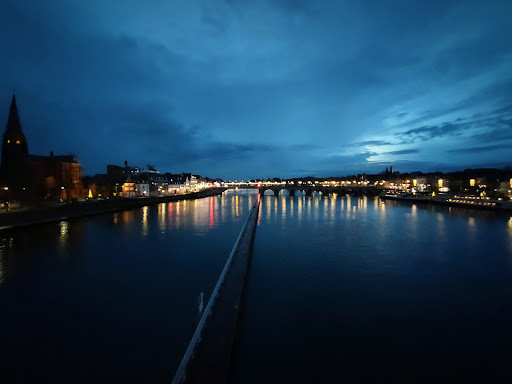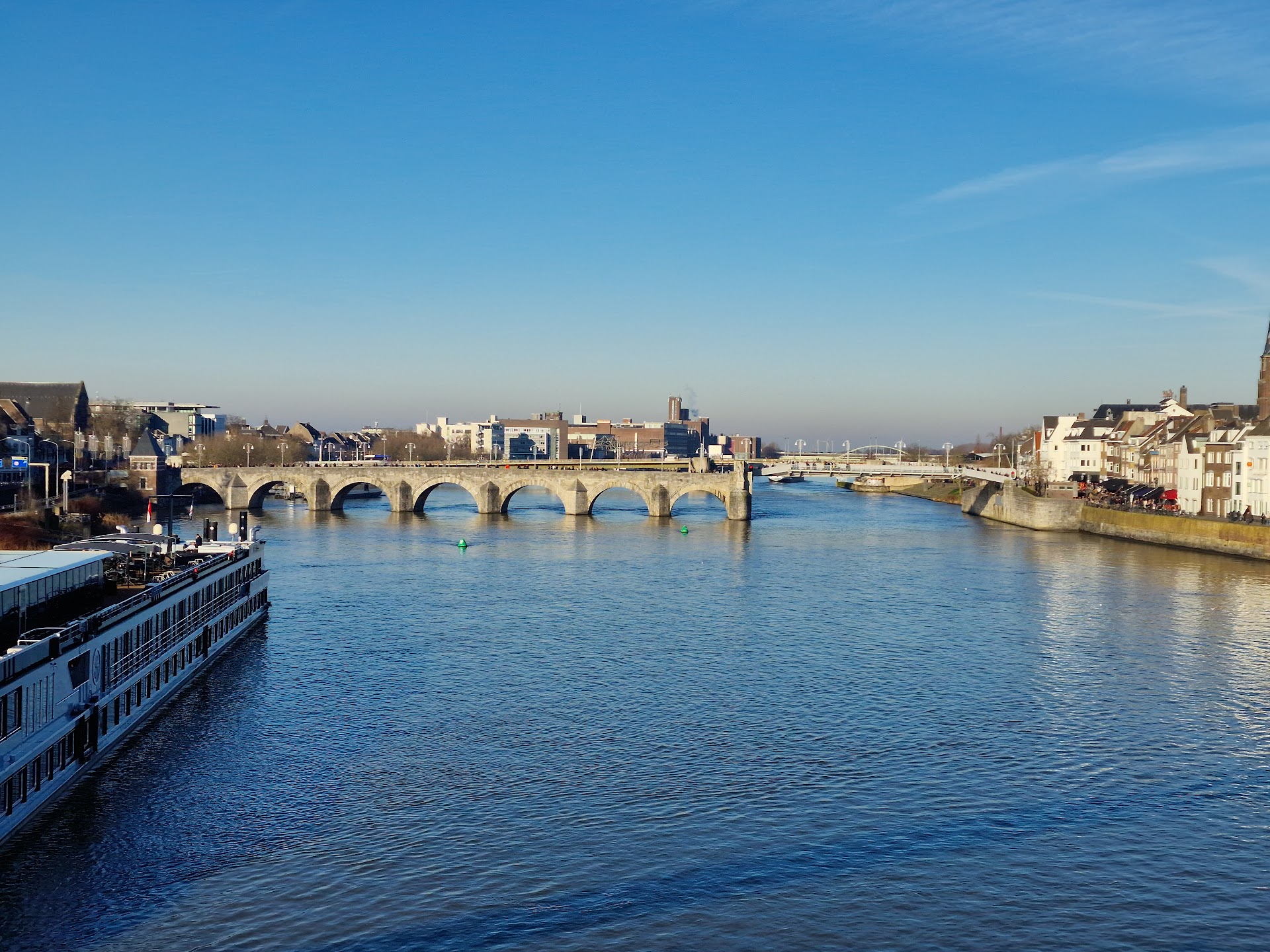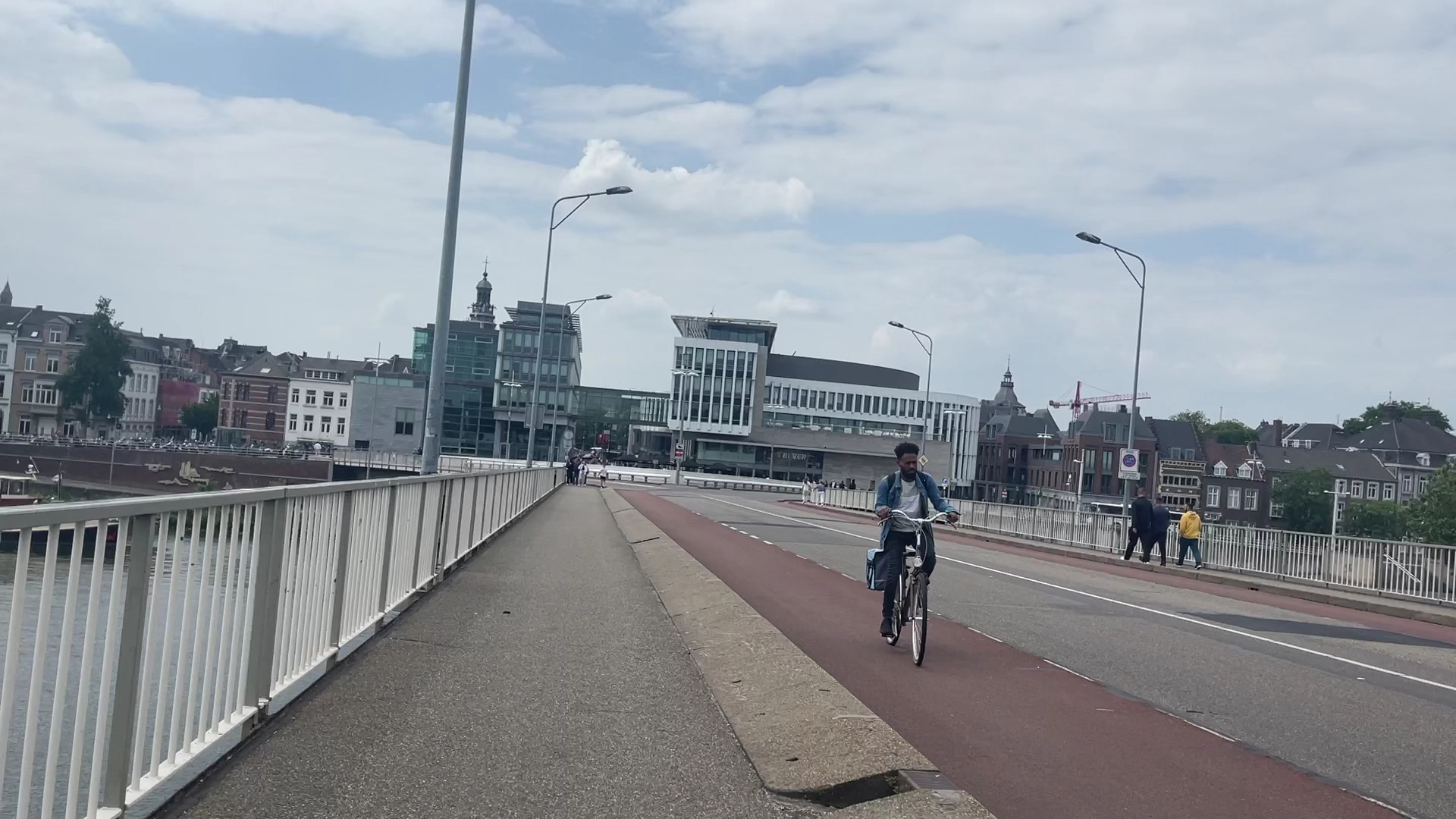Sint Servaasbrug things to do, attractions, restaurants, events info and trip planning
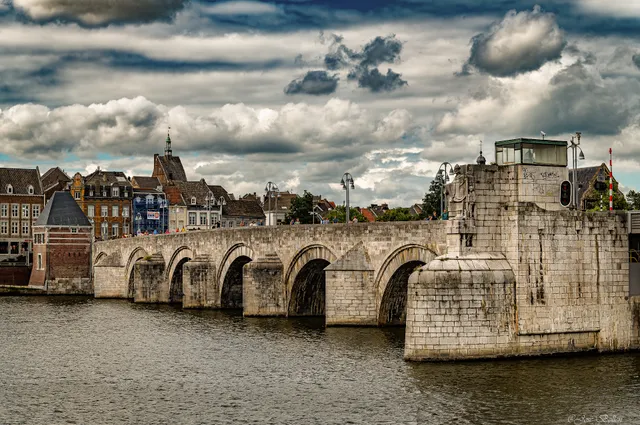
Basic Info
Sint Servaasbrug
Sint Servaasbrug, 6221 EZ Maastricht, Netherlands
4.5(2K)
Open 24 hours
Save
spot
spot
Ratings & Description
Info
Cultural
Scenic
Outdoor
Accessibility
attractions: Basilica of Our Lady, Bosch Brewery, Stadspark, Museum Kapel van Verbeelding, Helpoort, City Hall, Centre Céramique, Griendpark, Museum aan het Vrijthof, Basilica of Saint Servatius, restaurants: CINQ, Stadsbrouwerij Maastricht, Tokyoto, John Mullins Irish Pub & Restaurant, Café Servaas, Ellinikon, Burgerlijk, Brandsøn, Bouchon D'en Face, 't Piepenhoes
 Learn more insights from Wanderboat AI.
Learn more insights from Wanderboat AI.Plan your stay

Pet-friendly Hotels in Maastricht
Find a cozy hotel nearby and make it a full experience.

Affordable Hotels in Maastricht
Find a cozy hotel nearby and make it a full experience.
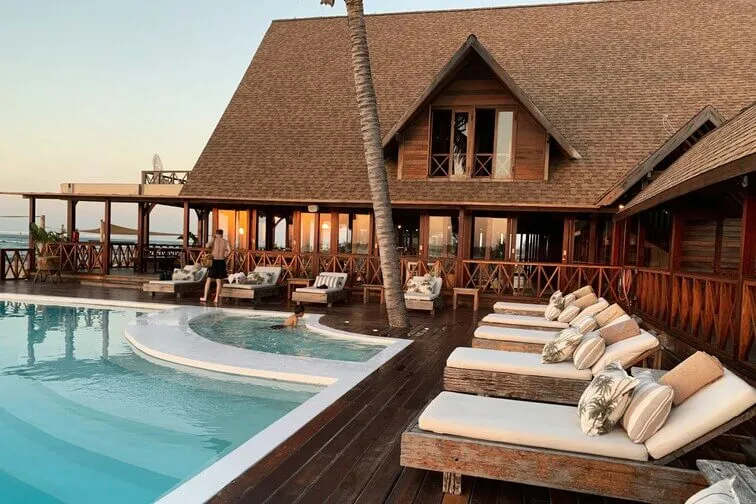
The Coolest Hotels You Haven't Heard Of (Yet)
Find a cozy hotel nearby and make it a full experience.
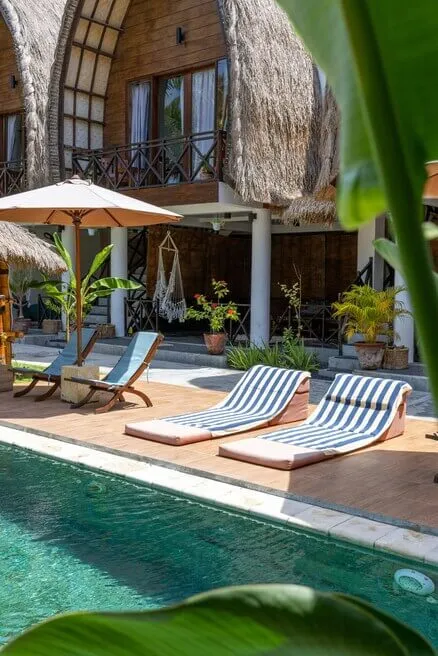
Trending Stays Worth the Hype in Maastricht
Find a cozy hotel nearby and make it a full experience.
Reviews
Nearby attractions of Sint Servaasbrug
Basilica of Our Lady
Bosch Brewery
Stadspark
Museum Kapel van Verbeelding
Helpoort
City Hall
Centre Céramique
Griendpark
Museum aan het Vrijthof
Basilica of Saint Servatius
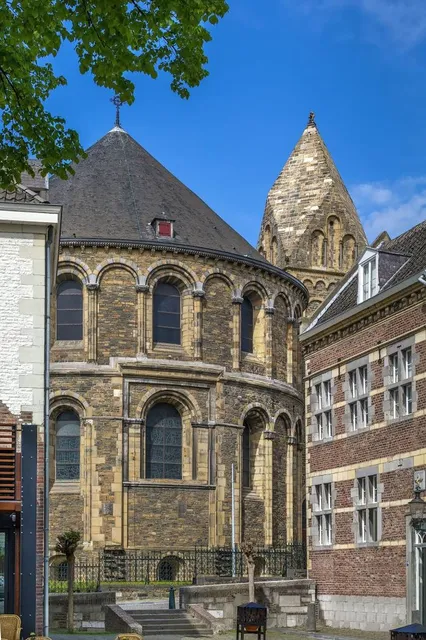
Basilica of Our Lady
4.6
(1.8K)
Open 24 hours
Click for details
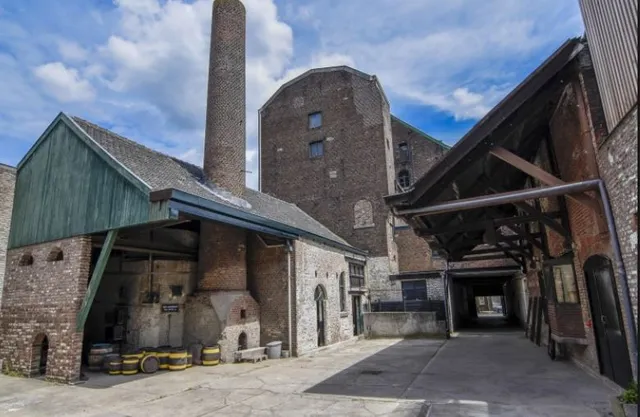
Bosch Brewery
4.6
(147)
Open 24 hours
Click for details
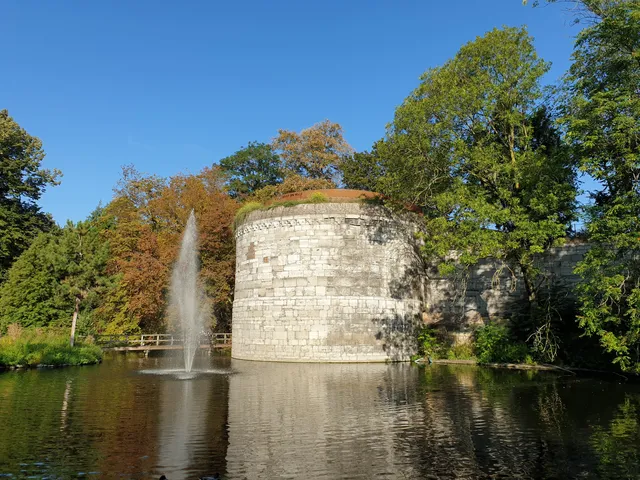
Stadspark
4.5
(3K)
Open 24 hours
Click for details
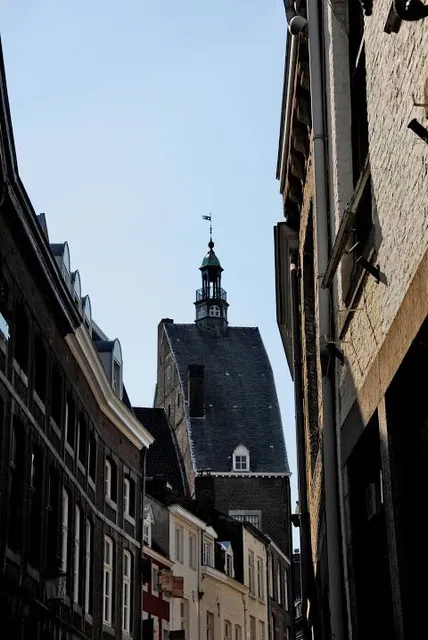
Museum Kapel van Verbeelding
4.2
(22)
Open 24 hours
Click for details
Things to do nearby

Ballet of Lights : La Belle au bois dormant dans un spectacle étincelant
Sat, Jan 10 • 6:00 PM
Place du Vingt Août 16, Liège, 4000
View details
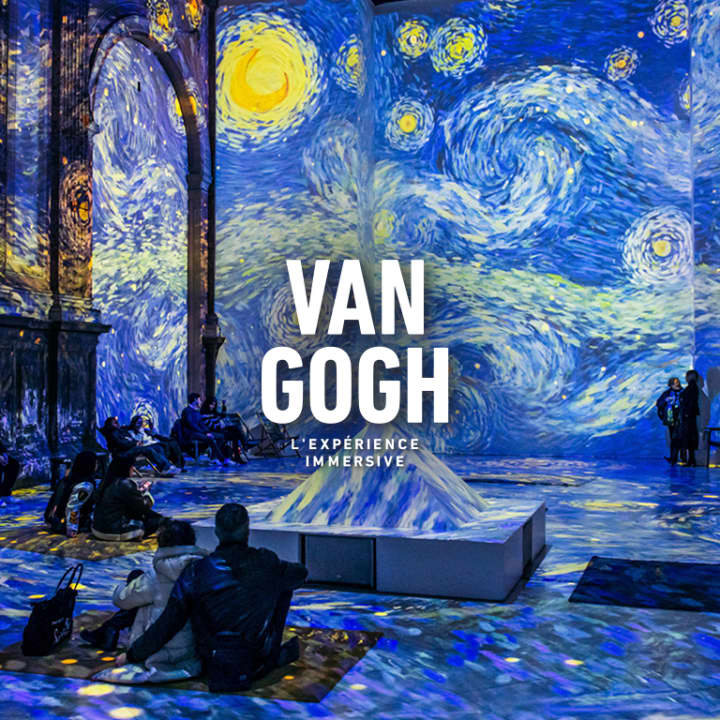
Van Gogh : L’expérience Immersive
Mon, Jan 5 • 10:00 AM
Rue St Pholien 9, 4020 Liège, Belgium, 4020
View details

Candlelight: Filmmusik von Hans Zimmer
Sat, Jan 10 • 6:30 PM
Pontstraße 7, Aachen, 52062
View details
Nearby restaurants of Sint Servaasbrug
CINQ
Stadsbrouwerij Maastricht
Tokyoto
John Mullins Irish Pub & Restaurant
Café Servaas
Ellinikon
Burgerlijk
Brandsøn
Bouchon D'en Face
't Piepenhoes
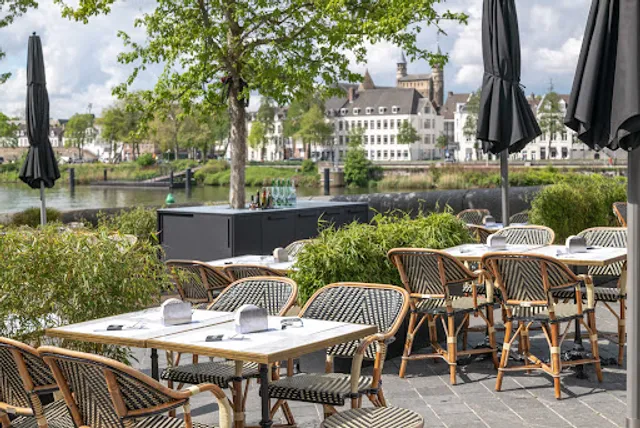
CINQ
4.4
(672)
$$
Click for details
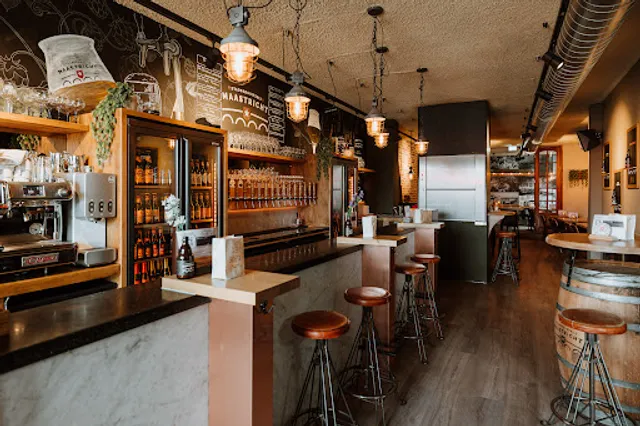
Stadsbrouwerij Maastricht
4.5
(614)
Click for details
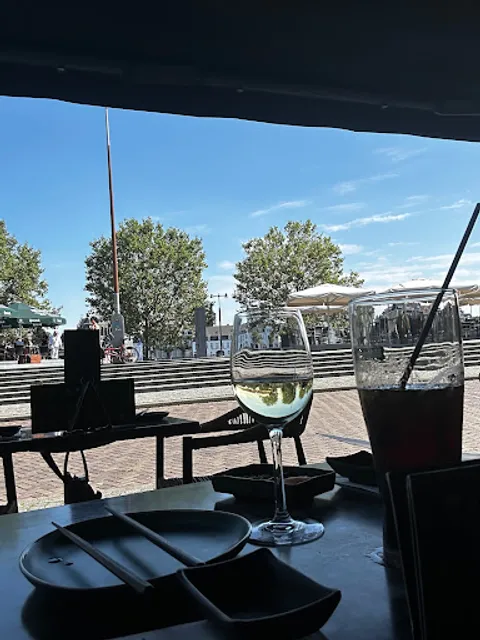
Tokyoto
4.1
(1.4K)
Click for details
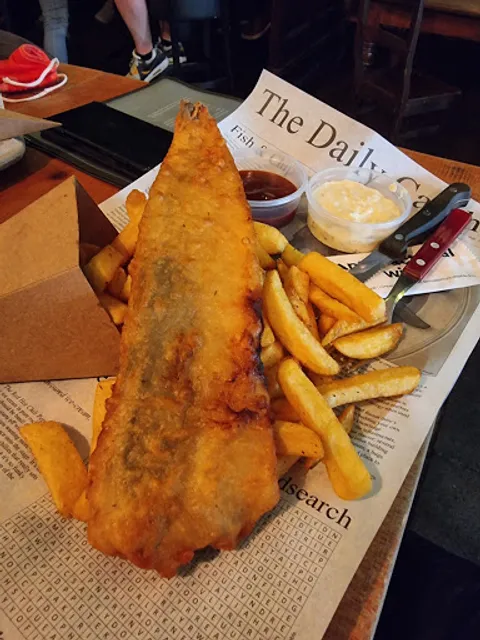
John Mullins Irish Pub & Restaurant
4.2
(603)
Click for details


